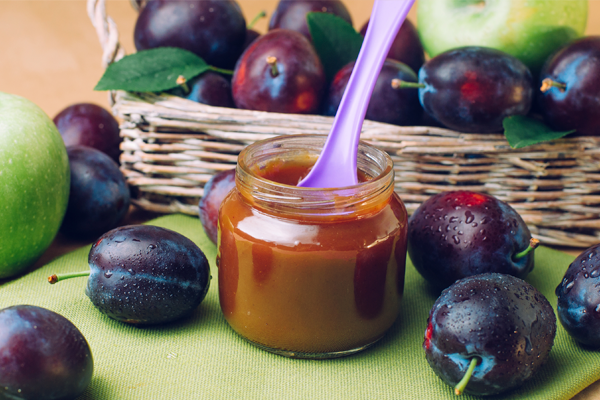Food Allergies
In our daily practice, we encounter food allergies very frequently. The most common foods that cause food allergies are cow's milk, egg whites, hazelnuts, peanuts, walnuts, lentils and wheat. Less frequently, soy, chickpeas and fish can also cause allergies. Food allergies can occur at any age. Allergies to egg white, cow's milk, soy, wheat and lentils usually begin to show symptoms before the age of 1, while allergies to meat and nuts are known to start in later childhood.
Food allergies can affect many organs and systems in the body. Itching, burning, redness of the skin, swelling of the lips and eyelids, itching in the nose, congestion, sneezing, nasal discharge, itchy palate, watery eyes, itching, redness, shortness of breath, wheezing, coughing, Chest tightness, food refusal, nausea, vomiting, difficulty swallowing, abdominal pain, cramps, bloody or slimy diarrhea, palpitations, increased pulse rate, low blood pressure, dizziness and fainting are symptoms that may be associated with food allergies. Although rare, anaphylaxis may occur in food allergies. Anaphylaxis is a serious and life-threatening allergic reaction in which different organs and systems are involved at the same time. Even a small amount of the substance that can cause anaphylaxis can lead to very serious consequences. Those who have had anaphylaxis once are likely to have the same or even more severe reaction again. Therefore, exposure to the food responsible must be prevented.
For a diagnosis, similar symptoms must occur each time the child consumes the suspect food. A positive reaction in skin and blood tests confirms the diagnosis of food allergy. Food allergies are a problem that tends to resolve spontaneously over time, either completely or partially. It is known that allergies disappear in early childhood in a significant proportion of children with cow's milk, egg white, soy and wheat allergies. In fewer children with nut allergy, the allergy disappears over time. The presence of other allergic diseases or allergies to more than one food has been found to prolong the resolution of food allergy.
Children with food allergies and their families should be aware of ready-to-eat foods and research the ingredients of the foods they consume beforehand. Food ingredients, preparation process and hidden allergens in foods should be questioned in detail.
The first step in treatment is to completely eliminate the responsible food from the diet for a certain period of time. Breastfeeding mothers should not consume the responsible food and foodstuffs containing that food. It is especially recommended that mothers of children with cow's milk allergy exclude milk and dairy products from their diet. In case of cow's milk allergies, breast milk is the first priority; if this is not sufficient, foods that do not contain cow's milk protein can be given as an additional supplement. Drug treatment should be directed at the affected organ and the symptoms. Anaphylaxis is a life-threatening emergency that requires immediate intervention. The first step in the treatment phase is intramuscular injection of a drug called adrenaline. It is imperative to prescribe automatic injections containing adrenaline, especially to patients who have had anaphylaxis before and who are at high risk of having it again, to educate the family about its use and to emphasize that it should always be kept with them. The family should administer the drug to the anterior-upper thigh as soon as they think their child is experiencing anaphylaxis. In some cases, a second dose of adrenaline or other medication may be needed, so it is important to seek medical attention as soon as possible, even if an injection is given.
There is currently no medically proven medication or surgical treatment for food allergy. It is known that some herbal products or alternative medicine methods (radiofrequency, bioresonance, acupuncture, etc...) are used in the treatment of food allergy as well as other allergic diseases. However, there is no scientific evidence that these are effective in the diagnosis and treatment of food allergy. It should be taken into consideration that such treatments can cause serious harm to your child's health.
Şükrü Çido MD.





